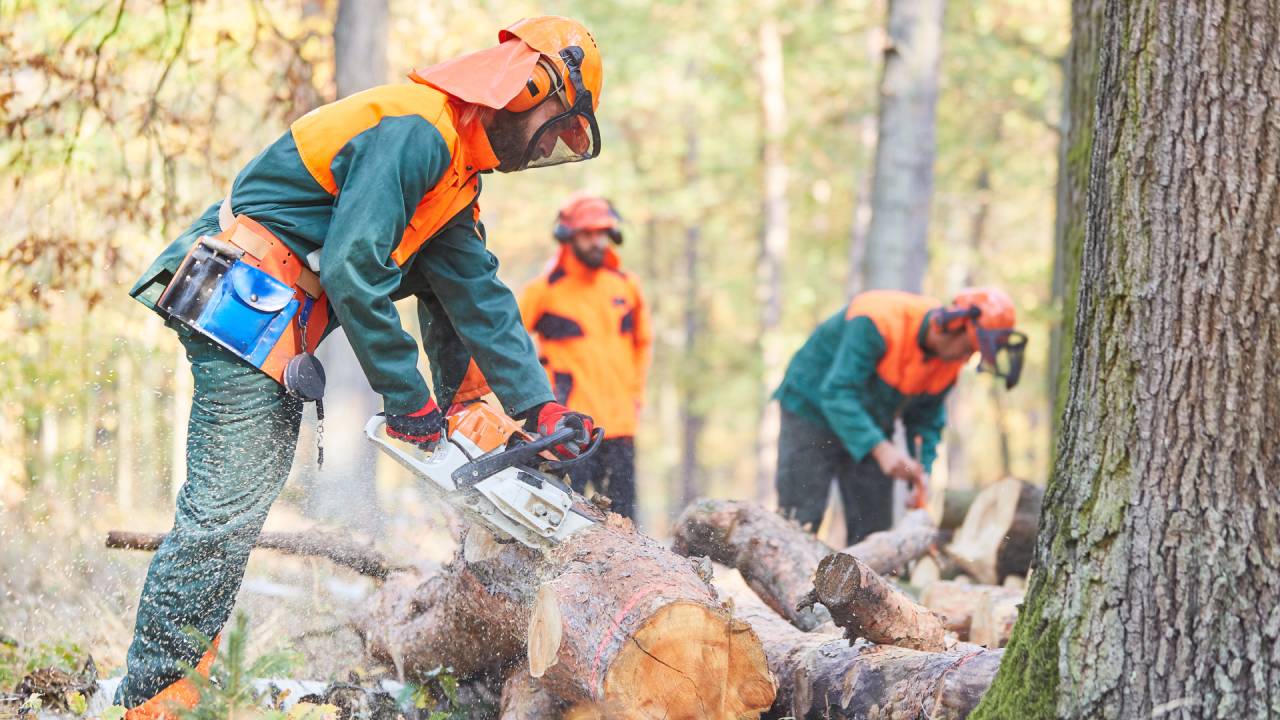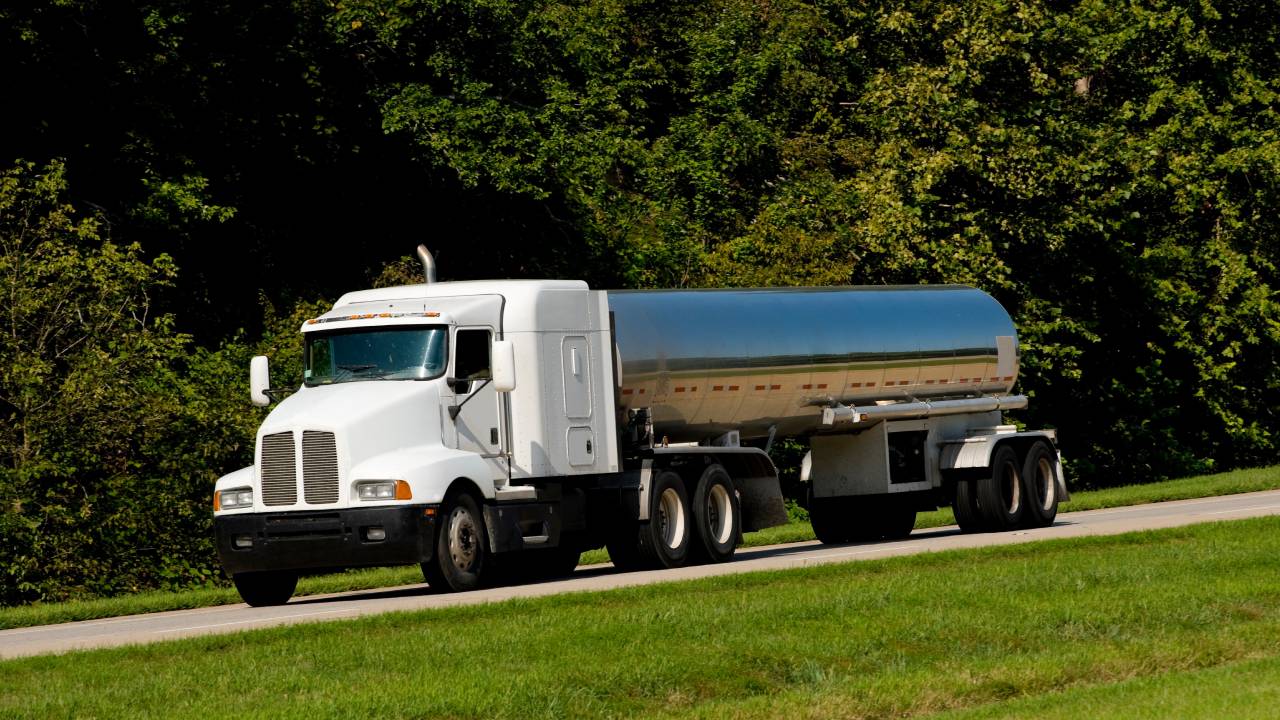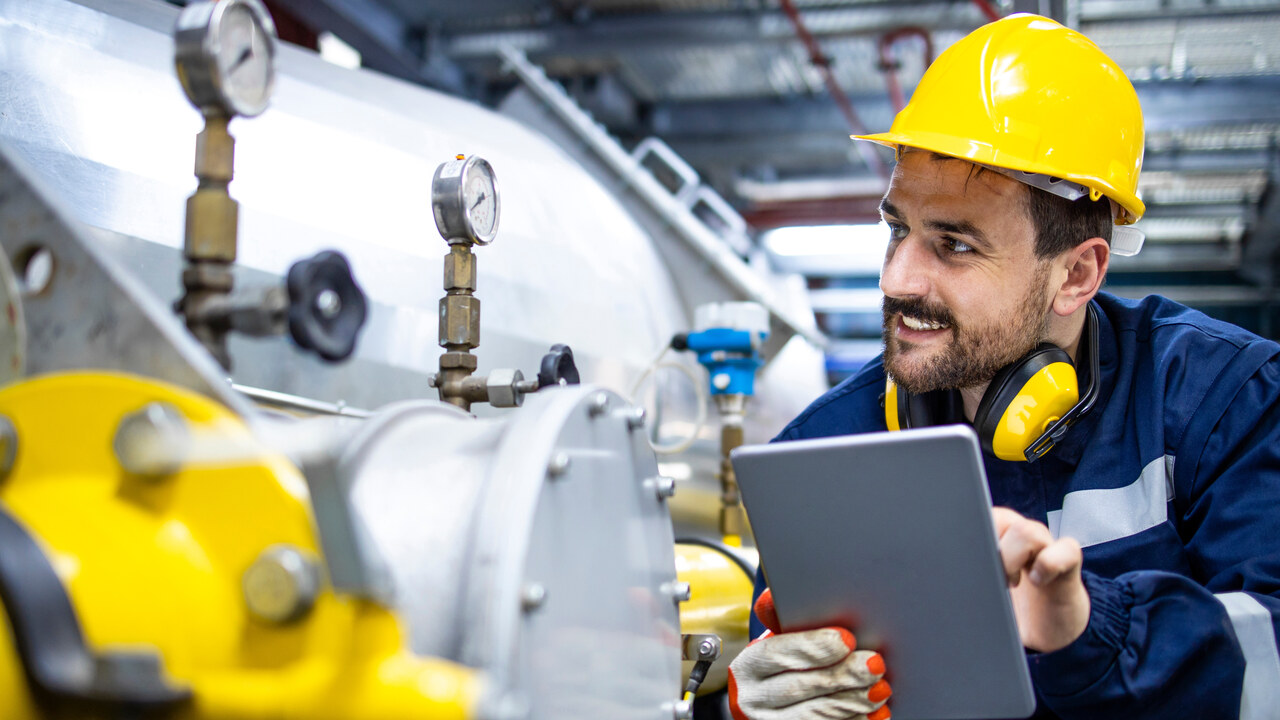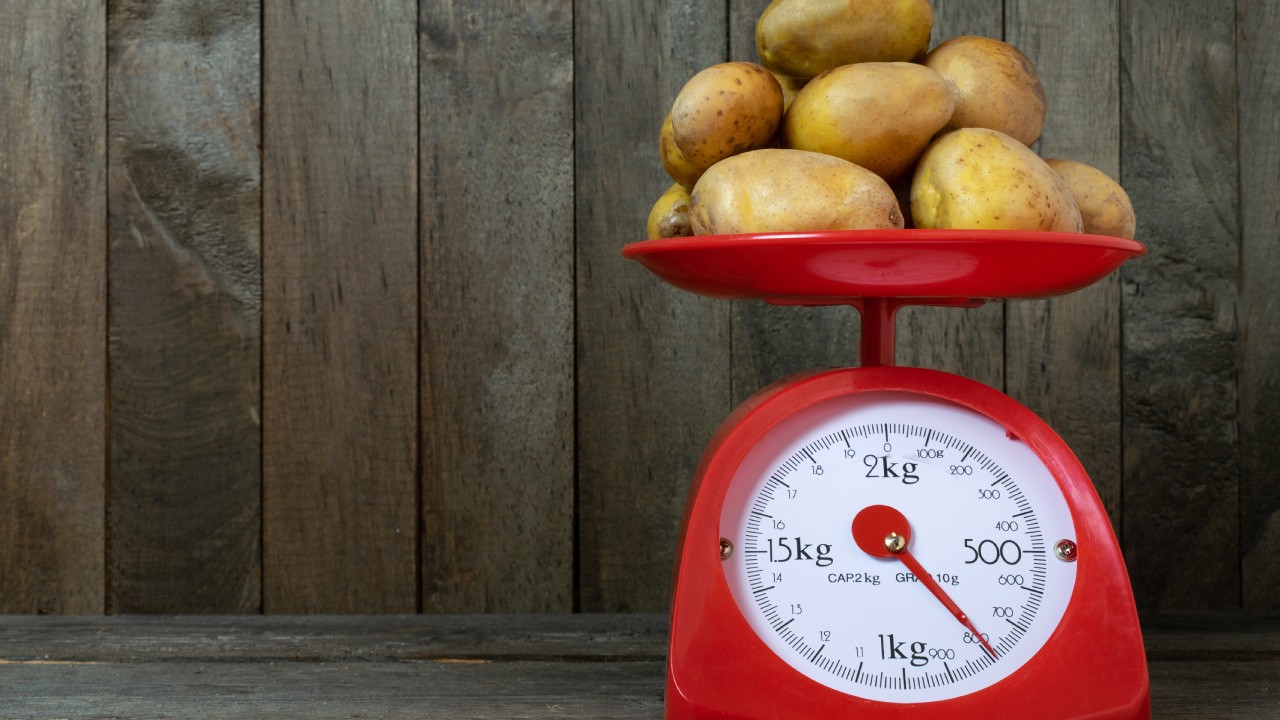Loggers: how can they bring down strong trees? It takes a combination of specialized equipment for them to fell, debranch, and transport logs.
Author: Dianne Pajo
5 Essential Safety Tips for Tanker Trailers
Stay safe with these safety tips for tanker trailers, from maintenance to compliance. Following these practices can prevent accidents and protect cargo.
Tips for Safely Handling Industrial Gas Mixtures
A man wearing a blue jumpsuit and yellow hard hat is looking at large industrial pipes while holding a tablet.
How Different Scales Meet Varied Industry Challenges
Reliable measurements guarantee productivity and profitability for your business. However, knowing what kind of scale suits your industry’s needs can be difficult, especially in the agriculture and outdoor-focused sectors. Explores how different scales meet varied industry challenges and how to make the best choice to reap the benefits. Reliable Calibration for Accurate Results No matter […]
Tips for Finding Fishing Spots in the Cold Weather
Fishing in cold weather can be as rewarding as it is challenging, especially if you know where to look and how to prepare. As temperatures drop, fish behavior changes, making it essential to adapt your strategies. Whether you’re a seasoned angler or just starting out, understanding how to locate and catch fish in colder conditions […]





